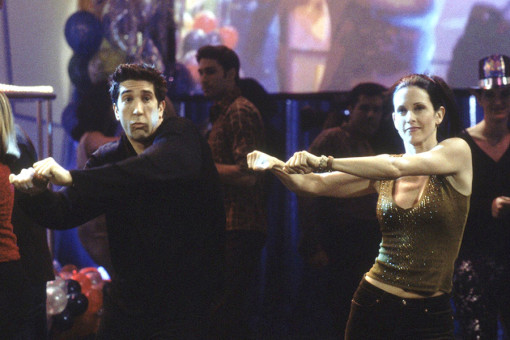Being the creator of one of television's most revered shows is a good thing, even if it means your new projects will be judged against it.
That's why, when nine-time Emmy winner Matthew Weiner set out to make The Romanoffs for Amazon Studios, he asked himself: "What do I want to watch?"
The answer was an anthology drama that plays like a series of independent films, all loosely connected by a single thread: each story features a character who believes him-or herself to be a descendant of the Romanovs, the Russian Imperial family murdered by revolutionaries in 1918.
As Weiner told emmy's Neil Turitz, this theme allowed him to create an anomaly in the age of binge television: a show that is almost impossible to watch all at once.
This show is pretty much the opposite of Mad Men. Was that intentional?
I don't operate from a place like, let's do something different for the sake of it. [I thought] I have these stories — what can I do to have them take place in a motif? [I wanted to create] something new every week and a more communal experience. It's sort of unbingeable, you know?
Did you have any criteria for length?
The shortest is 64 minutes, and most are between 75 and 90.
Part of the length thing happened at script stage, and part was the desire to give people this immersive experience. You're writing longer because these characters are not known to people, and you need to introduce them. You get to tell the full story and commit to a resolution, even if that resolution is ambiguous at times.
How did you decide to direct all eight episodes yourself?
I had planned to direct four of them, but as an executive producer, I was going to have to be everywhere, anyway. I was going to have to travel, to oversee things. I had to do all the casting, which was on tape, rather than live in the room like Mad Men .
So much of the producing overlapped with the directing that I was either going to have to let go of some stuff, or I was going to have to take over the directing of all of them. It helped in post, too, because we didn't edit any of it until we'd finished principal photography.
So, it was as much about practicality as it was about cohesive storytelling?
It was a combination of creative and practical, though I think I'm lying on some level [laughs], because it was really a creative urge and I said, 'Can we support it with practical reasons?' It was a joy to go through one of these, then change into a new story every three or four weeks. That's very difficult to do from a writing perspective, but incredibly exciting from a directing perspective.
You play a lot with genre. There is drama, of course, but also a horror episode with Christina Hendricks, and a Hitchcockian tale in episode eight.
Yes, each episode changes in terms of genre, location and cast. Sitting in my living room with my laptop, I thought, what would it be like if every time you turn on one of the episodes, you don't know where you're going to be, who you're going to be with, what is in store?
The only thing that ties it together is the opening title sequence, which has this brutal path of murder and the [Tom Petty] song "Refugee." As soon as the title sequence was done, I knew the shows went together.
Not everyone who watched the show loved it, and you got some of your harsher reviews. Did that bother you?
I said to Amazon when we were pitching it: everyone will have a favorite episode, and everyone will have episodes they just don't like, but that doesn't mean you won't watch. In the end, if you're not making entertainment for yourself, that you would want to watch — if you're trying to reverse-engineer something based on data or what you think the audience will like — that's a recipe for failure.
This article originally appeared in emmy magazine, Issue No. 7, 2019












